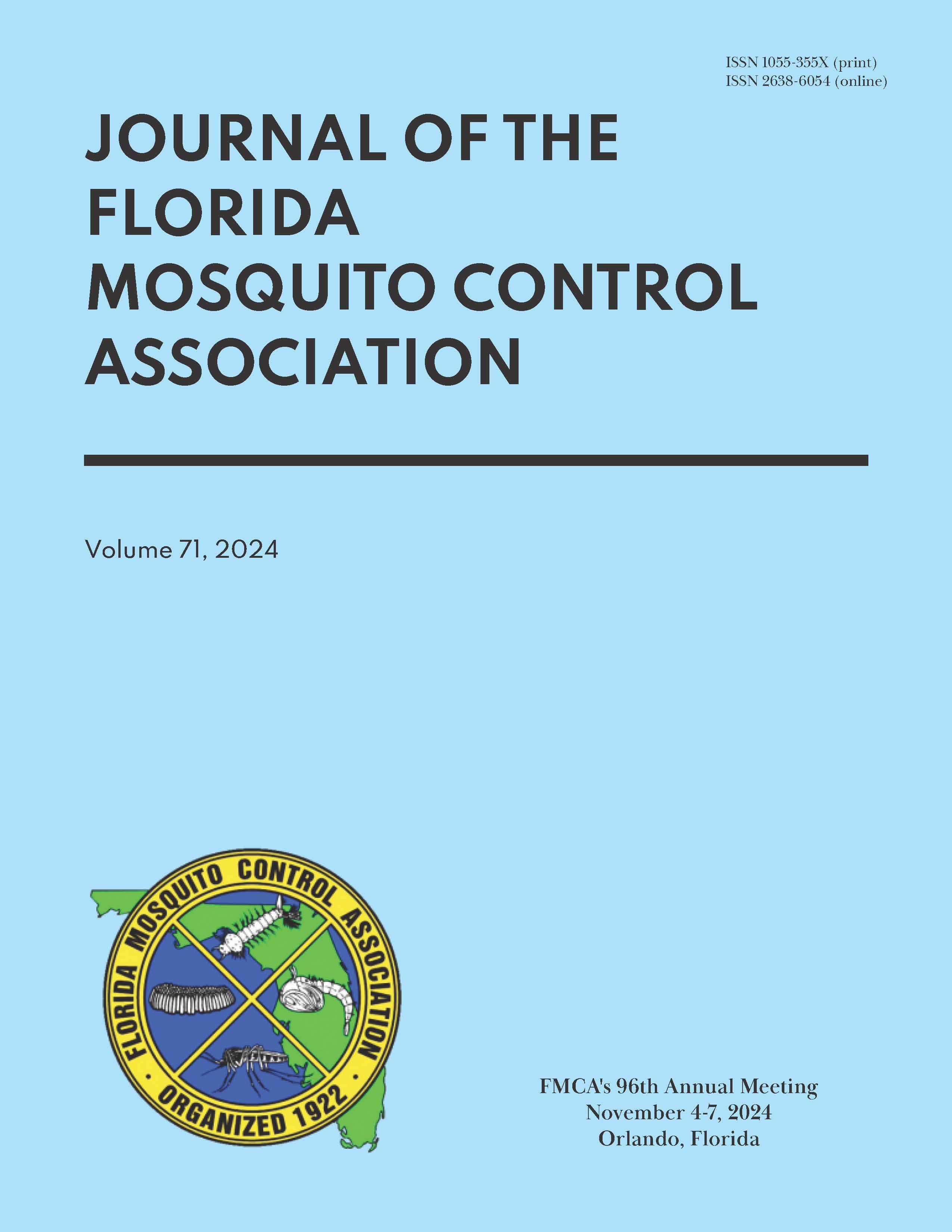A CRITICAL REVIEW OF INSECTICIDE RESISTANCE IN US AEDES ALBOPICTUS: RESISTANCE STATUS, UNDERLYING MECHANISMS, AND DIRECTIONS FOR FUTURE RESEARCH
DOI:
https://doi.org/10.32473/jfmca.71.1.135291Palabras clave:
Aedes albopictus, insecticide resistance, knockdown resistance, enzymatic resistanceResumen
Aedes albopictus is a primary or secondary disease vector in Asia that invaded the United States around 1980. It is now present in more than half of US states and continues to expand in range. The willingness to bite in the daytime and the ability to colonize makes this species a target of control operations both to prevent nuisance biting and for public health reasons. As with other species, effective long-term control requires an integrated management strategy and information about efficacy of operational interventions. Studies from Asia, where this species is a primary vector, show that insecticide resistance is a developing concern that can compromise effective control. In this review, we summarize the status of insecticide resistance in US populations of Ae. albopictus, examine the current understanding of the mechanisms underlying resistance, and offer suggestions for future research directions.
Descargas
Publicado
Número
Sección
Licencia
Derechos de autor 2024 Alden S. Estep, Neil D. Sanscrainte

Esta obra está bajo una licencia internacional Creative Commons Atribución-NoComercial 4.0.

